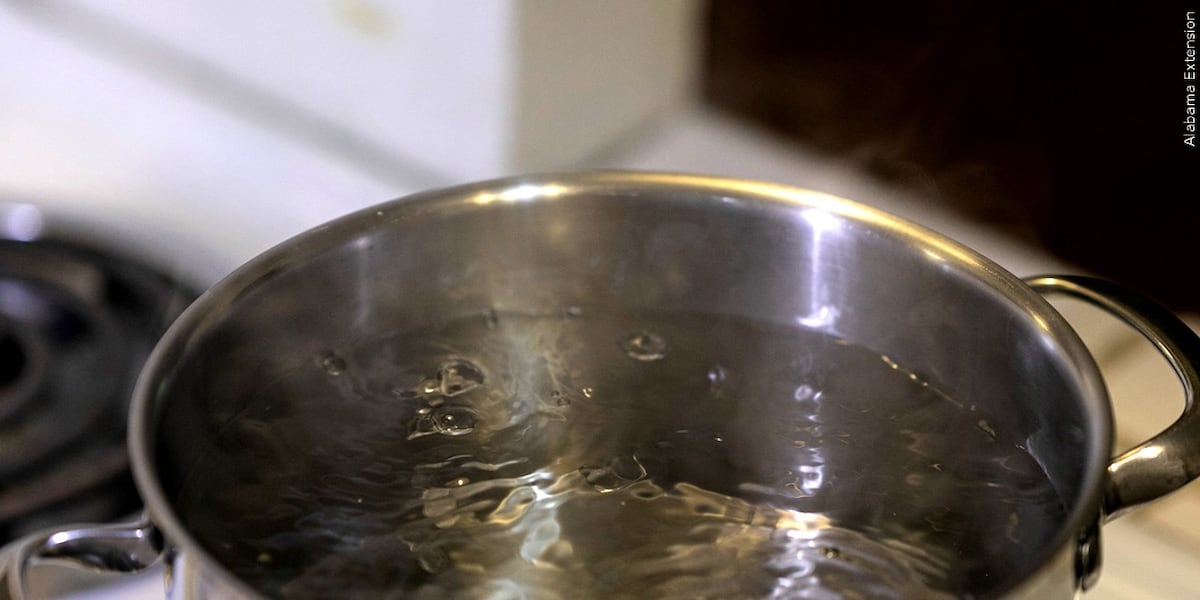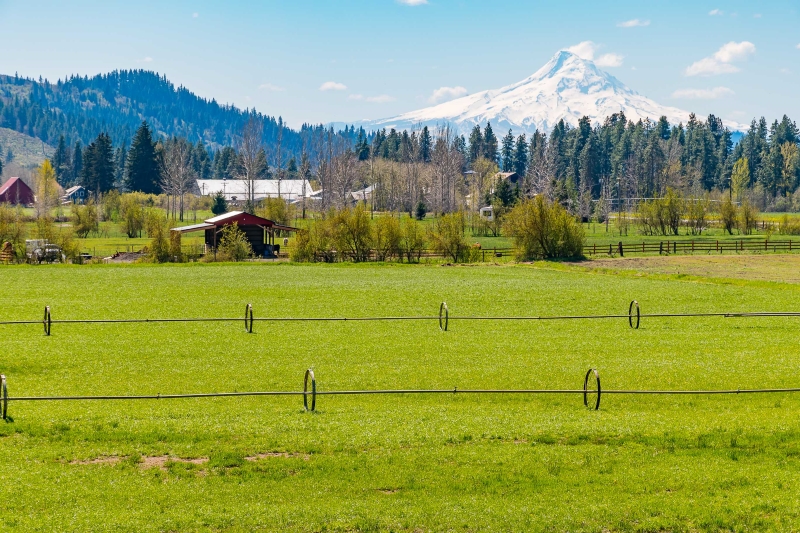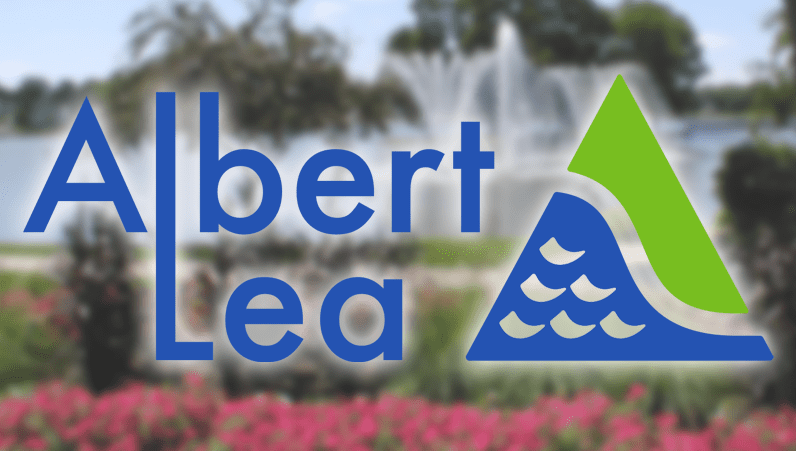Report on Corpus Christi Water Infrastructure Development and Alignment with Sustainable Development Goals
Executive Summary
The City of Corpus Christi has announced a series of strategic water infrastructure projects designed to expand supply capacity and enhance water security. These initiatives are directly aligned with several United Nations Sustainable Development Goals (SDGs), primarily focusing on ensuring the availability and sustainable management of water. This report outlines the key projects, their intended impact, and their contribution to achieving SDG 6 (Clean Water and Sanitation), SDG 9 (Industry, Innovation, and Infrastructure), and SDG 11 (Sustainable Cities and Communities).
Strategic Water Supply Initiatives and SDG Alignment
The city’s strategy centers on diversifying its water portfolio to build resilience against water scarcity and ensure a sustainable supply for its residents and industries. This approach is fundamental to achieving key global sustainability targets.
- SDG 6: Clean Water and Sanitation: The core objective is to ensure universal and equitable access to safe and affordable drinking water by increasing the total available supply and implementing sustainable water management practices.
- SDG 11: Sustainable Cities and Communities: By securing a reliable water source, the city is strengthening its resilience and capacity to provide basic services, making the community more sustainable and secure.
- SDG 9: Industry, Innovation, and Infrastructure: The development of new, technologically advanced water facilities, such as desalination and water reuse plants, represents a significant investment in resilient and sustainable infrastructure.
Project Details and Contribution to SDG Targets
Three primary projects form the foundation of the city’s water diversification plan, each contributing to specific SDG targets.
- Evangeline Ground Water Project: This project will initially produce 12 million gallons per day (MGD), with potential for expansion to 24 MGD. This directly supports SDG Target 6.4 by ensuring sustainable withdrawals of freshwater to address water scarcity.
- Harbor Island Desalination Project: Through a partnership with the Nueces River Authority (an example of SDG 17: Partnerships for the Goals), the city has secured an option for 50 MGD from this future plant. Desalination provides a climate-resilient water source, contributing to SDG 9 by building reliable and innovative infrastructure.
- Effluent Reuse Project: A proposed project to add 16 MGD back into the water supply through reuse. This initiative strongly aligns with SDG 12 (Responsible Consumption and Production) by promoting a circular economy for water resources and reducing the strain on primary water sources.
Governance, Transparency, and Stakeholder Engagement
City management has committed to a transparent development process, with plans to hold public town halls to inform residents and gather feedback. This commitment to open governance and community participation is a critical component of successfully implementing sustainable development projects.
Mayoral Perspective on Timelines and Accountability
In a formal statement, Mayor Paulette M. Guajardo emphasized the importance of transparency regarding project timelines. The Mayor highlighted concerns that the current projects may not guarantee new water delivery by the critical November 2026 curtailment date. This underscores the need for accountable and realistic planning to ensure the city meets its water security objectives and successfully advances its commitment to SDG 6 without interruption.
Analysis of Sustainable Development Goals in the Article
1. Which SDGs are addressed or connected to the issues highlighted in the article?
-
SDG 6: Clean Water and Sanitation
This is the most prominent SDG in the article. The entire text focuses on the city of Corpus Christi’s efforts to secure its water supply through various infrastructure projects. It discusses increasing water capacity, diversifying water sources (groundwater, desalination, reuse), and managing water resources to prevent future shortages, all of which are central to SDG 6.
-
SDG 9: Industry, Innovation, and Infrastructure
The article details the development of significant infrastructure projects, including the “Evangeline Ground Water Project” and the “Harbor Island Desalination Project.” These projects represent the development of “quality, reliable, sustainable and resilient infrastructure” to ensure the well-being of the community, which directly aligns with the goals of SDG 9.
-
SDG 11: Sustainable Cities and Communities
The efforts described are fundamental to making Corpus Christi a sustainable and resilient city. Securing a stable water supply is a basic service essential for urban populations. The article’s focus on long-term water planning and diversifying sources to avoid a “curtailment” crisis contributes to the city’s resilience against water scarcity, a key aspect of SDG 11.
2. What specific targets under those SDGs can be identified based on the article’s content?
-
SDG 6: Clean Water and Sanitation
- Target 6.1: “By 2030, achieve universal and equitable access to safe and affordable drinking water for all.” The city’s projects are a direct attempt to ensure a continuous and sufficient supply of water for its residents, addressing the core of this target.
- Target 6.3: “By 2030, improve water quality by… substantially increasing recycling and safe reuse globally.” The mention of an “effluent reuse project that could be another 16 million gallons a day” is a clear initiative towards this target.
- Target 6.4: “By 2030, substantially increase water-use efficiency… and ensure sustainable withdrawals and supply of freshwater to address water scarcity.” The entire article is about addressing water scarcity by developing new, diverse, and sustainable water sources to avoid future shortages.
- Target 6.b: “Support and strengthen the participation of local communities in improving water and sanitation management.” The City Manager’s announcement of plans “to hold town halls for residents to learn more about the projects and ask questions” directly reflects this target.
-
SDG 9: Industry, Innovation, and Infrastructure
- Target 9.1: “Develop quality, reliable, sustainable and resilient infrastructure… to support economic development and human well-being.” The construction of large-scale water projects like the groundwater wells and the desalination plant is a direct implementation of this target, aimed at creating a resilient water infrastructure for the city.
-
SDG 11: Sustainable Cities and Communities
- Target 11.5: “By 2030, significantly reduce the number of deaths and the number of people affected… by disasters, including water-related disasters.” The proactive measures to secure the water supply are designed to mitigate the impacts of a potential drought or water scarcity crisis, which is a form of water-related disaster. The Mayor’s concern about the “November 2026 curtailment date” highlights the urgency of preventing such a disaster.
3. Are there any indicators mentioned or implied in the article that can be used to measure progress towards the identified targets?
Yes, the article provides several quantitative and qualitative indicators that can be used to measure progress:
- Indicator for Target 6.4 and 9.1 (Increase in water supply capacity): The article provides specific figures for the planned increase in water supply.
- The Evangeline Ground Water Project will initially produce 12 million gallons per day.
- The Harbor Island Desalination Project will secure 50 million gallons per day.
- Indicator for Target 6.3 (Increase in water reuse): A specific volume for water reuse is mentioned.
- The potential effluent reuse project could add another 16 million gallons a day back into the water supply.
- Indicator for Target 6.4 (Diversification of water sources): The article explicitly states that the city is increasing the “diversity of our water portfolio.” Progress can be measured by the number and type of new sources brought online.
- The article identifies three distinct new source types: groundwater (Evangeline), desalination (Harbor Island), and water reuse (effluent project).
- Indicator for Target 6.b (Community Participation): The plan to engage the community is a direct indicator.
- Progress can be measured by the implementation and number of town halls held for residents, as announced by the City Manager.
4. Table of SDGs, Targets, and Indicators
| SDGs | Targets | Indicators Identified in the Article |
|---|---|---|
| SDG 6: Clean Water and Sanitation |
6.1: Achieve universal and equitable access to safe and affordable drinking water.
6.3: Substantially increase recycling and safe reuse. 6.4: Address water scarcity and ensure sustainable supply. 6.b: Strengthen the participation of local communities. |
– Total planned increase in water supply capacity (12 MGD + 50 MGD).
– Volume of water from reuse project (16 million gallons a day). – Number of diversified water sources added (groundwater, desalination, reuse). – Implementation of town halls for residents. |
| SDG 9: Industry, Innovation, and Infrastructure | 9.1: Develop quality, reliable, sustainable and resilient infrastructure. | – Development of two major water infrastructure projects (Evangeline Ground Water Project, Harbor Island Desalination Project). |
| SDG 11: Sustainable Cities and Communities | 11.5: Reduce the number of people affected by water-related disasters. | – Proactive development of new water sources to prevent a future water crisis and avoid the “November 2026 curtailment date.” |
Source: kristv.com







